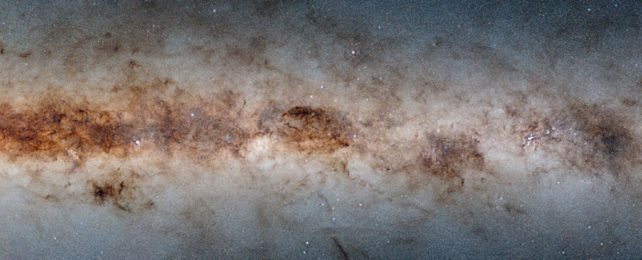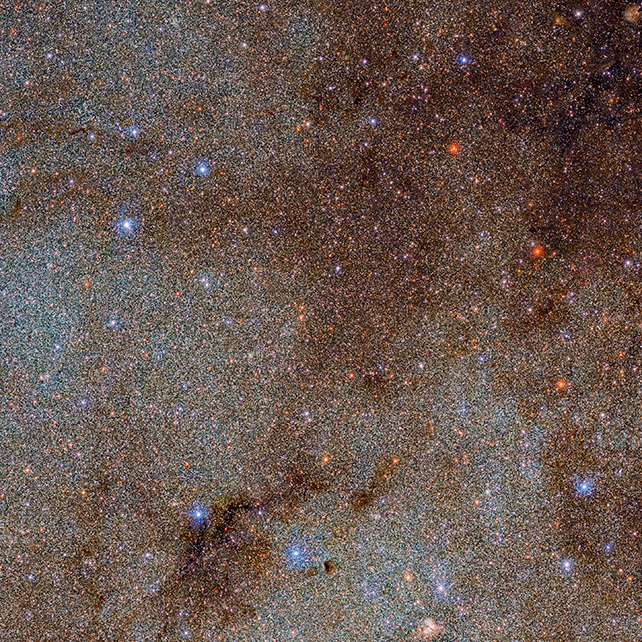If you check in regularly to ScienceAlert, you’ll be familiar with quite a few stunning space images, but a newly published picture has to be one of the best yet: 2 years in the making, 10 terabytes worth of data, 21,400 individual exposures combined, and a final image showing a huge 3.32 billion celestial objects.
We have the Dark Energy Camera (DECam) to thank for this beautiful shot of space, part of the Víctor M. Blanco 4-meter Telescope at the Cerro Tololo Inter-American Observatory (CTIO), some 2,200 meters (7,218 feet) above sea level in Chile.

The image was issued as part of the Dark Energy Camera Plane Survey (DECaPS2), and it gives us more detail than ever before of this part of space – it accounts for around 6.5 percent of the entire night sky, focusing on the galactic plane of the Milky Way where the bulk of the galaxy’s mass is located.

“One of the main reasons for the success of DECaPS2 is that we simply pointed at a region with an extraordinarily high density of stars and were careful about identifying sources that appear nearly on top of each other,” says astronomer Andrew Saydjari from Harvard University in Massachusetts.
“Doing so allowed us to produce the largest such catalog ever from a single camera, in terms of the number of objects observed.”
That high density brings with it a few issues: The vast swaths of space dust and the glow from brighter stars can block out the light from dimmer objects entirely. By measuring both optical and near-infrared wavelengths, DECam overcomes these problems.
The team also used a special data processing technique to better estimate how the background of each star should look, enabling more stars to be observed with greater clarity, and improving the overall accuracy of the picture.
When combined with other sky surveys – like the Pan-STARRS project – the latest telescope technology provides us an unprecedented look at the Universe outside of our planet, which of course, gives us clues as to how it came into being.
“When combined with images from Pan-STARRS 1, DECaPS2 completes a 360-degree panoramic view of the Milky Way’s disk and additionally reaches much fainter stars,” says astronomer Edward Schlafly from the Space Telescope Science Institute in Maryland.
“With this new survey, we can map the three-dimensional structure of the Milky Way’s stars and dust in unprecedented detail.”
The results are simply fantastic and very much worth the two-year wait. The data collected in the survey is freely available for other researchers and the wider public to make use of.
DECam was built initially to carry out a Dark Energy Survey and to better understand this mysterious force that is thought to be driving the Universe. It continues to produce amazingly detailed pictures of deep space, and there will be plenty more to come.
“This is quite a technical feat,” says astronomer Debra Fischer from the National Science Foundation (NSF) in the US, who wasn’t directly involved in the research. “Imagine a group photo of over three billion people, and every single individual is recognizable!”
“Astronomers will be poring over this detailed portrait of more than three billion stars in the Milky Way for decades to come. This is a fantastic example of what partnerships across federal agencies can achieve.”
The research has been published in the Astrophysical Journal Supplement Series.